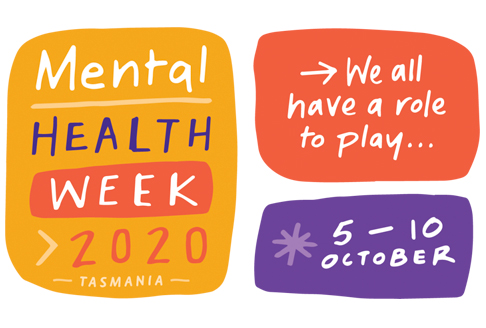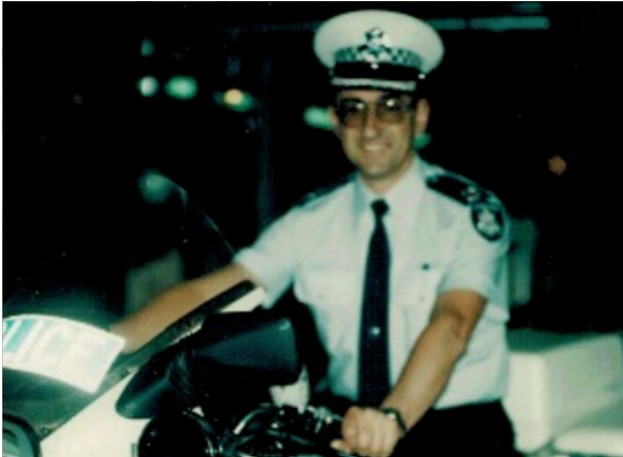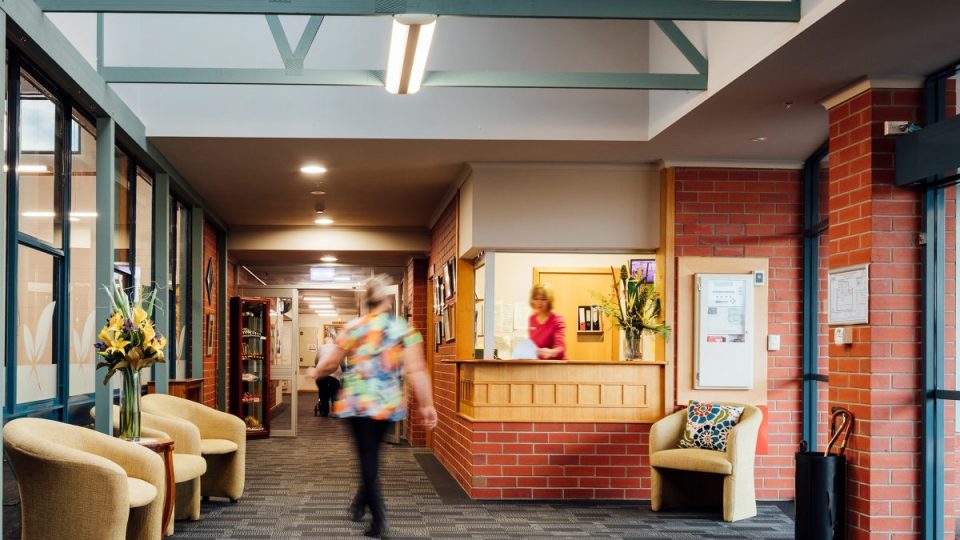Mental Health Week Tasmania: We all have a role to play
- 07 Oct 2020

In the South of Tassie, Baptcare is partnering with Mindfulness Programs Australasia on Wednesday 7 October. Located at the Hobart Town Hall from 9.00 am-12.00 pm. The event will involve sessions on family wellbeing, interactive activities, goodie bags, prizes and a Baptcare stall to answer questions about our mental health programs.
In Tassie’s north, they are celebrating all month long! There will be a wellness and drop-in day on Wednesday the 28 October for all people participating in a Mindset program. The event will be held in central Launceston, with light refreshments, games and mindfully inclusive activities that tie in with the Mental Health Week theme of ‘we all have a role to play’. See the online Mental Health Week programs here.
Finally, as a helpful reminder to us all that October is Mental Health Month, Baptcare desktops have been updated throughout October. During the month, updates on all these activities and more will be shared via Yammer – stay tuned and make sure you let us know what your team is doing to acknowledge the importance of mental health and wellbeing, particularly in a year like 2020!
Community news
-

BaptistCare to acquire Keyton’s Western Australian retirement village portfolio
BaptistCare is pleased to announce that we have entered into an agreement to acquire Keyton’s portfolio of retirement villages in WA.
- 13 Nov 2025
-

Spotlight on Residents: Reg Baker
At Baptcare, we are always delighted to learn more about our residents’ lives. They are often filled with excitement, joy, and adventure, and it truly reminds us how rich a person’s life is—and continues to be—when they join one of our residential aged care communities. Today, we are honoured to share the remarkable story of one of our residents, Reg Baker, who lives at Baptcare Peninsula View Residential Aged Care community.
- 10 Nov 2025
-

Staff spotlight | Leonie Irvine – 35 years of service in aged care
Leonie is one of our dedicated Lifestyle Assistants at Karingal Residential Aged Care community in Devonport, Tasmania. She recently celebrated an incredible milestone - 35 years of continuous service at Baptcare. In a sector where long-term service is increasingly rare, Leonie’s 35-year journey stands out as something truly special.
- 10 Nov 2025
